Spicy Showdown: Spare Rib vs Back Rib – A Flavorful Guide for Every Heat Seeker
Table of Contents
Introduction to Spare Rib and Back Rib
When it comes to spice lovers, the world of meat cuts can be a bit confusing. Two popular cuts that often come up in conversation are the spare rib and the back rib. While they might sound similar, these two cuts have distinct characteristics that can significantly impact your cooking experience. Whether you're a seasoned pro or just starting out, understanding the differences between spare rib and back rib can help you choose the right cut for your next spicy meal.

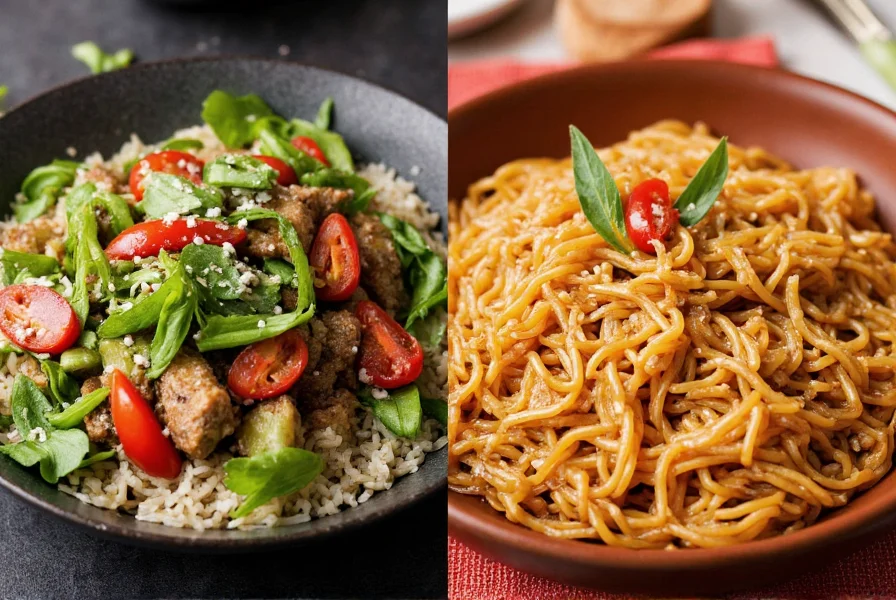
Key Differences Between Spare Rib and Back Rib
So, what's the big deal between spare ribs and back ribs? Let's break it down with a comparison table to make things clearer:
| Feature | Spare Rib | Back Rib |
|---|---|---|
| Location on the Pig | Lower part of the pig, near the belly | Upper part of the pig, closer to the spine |
| Marbling | Higher marbling, more fat | Less marbling, leaner |
| Texture | Tendier when cooked properly | More tender and juicy |
| Flavor Profile | Rich and fatty, great for slow cooking | Milder and cleaner, ideal for grilling |
| Cooking Time | Longer cooking time due to higher fat content | Shorter cooking time, cooks faster |
As you can see, the main differences lie in their location on the pig, marbling, texture, flavor profile, and cooking time. These factors will influence how you cook them and the final taste of your dish.
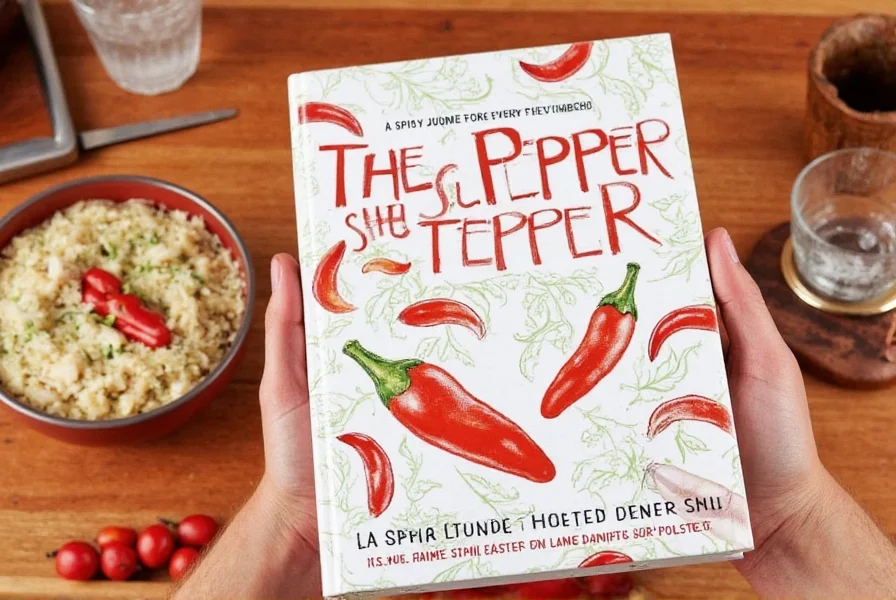

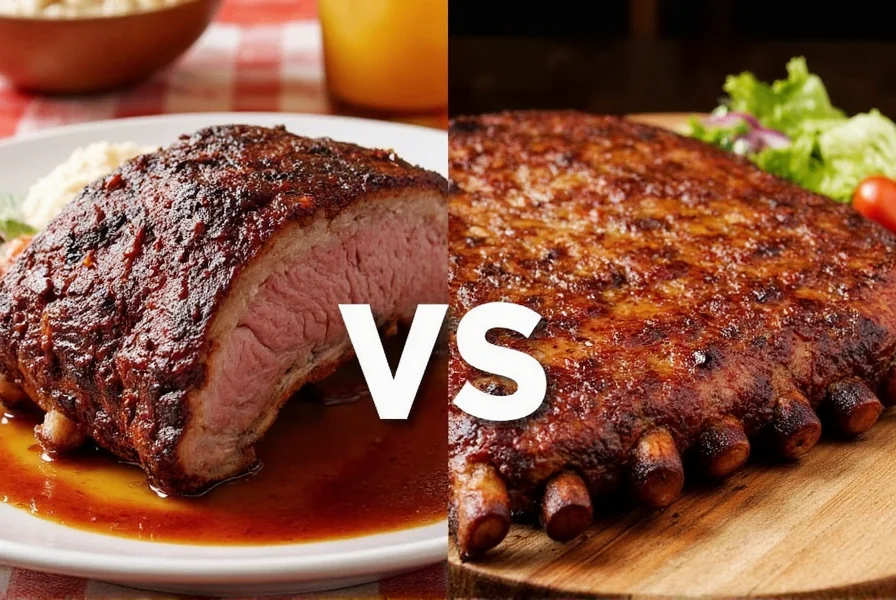
Cooking Tips for Both Cuts
Whether you're making a classic barbecue dish or something more adventurous, here are some practical tips for cooking both spare ribs and back ribs:
- Spare Ribs: These are perfect for slow cooking methods like smoking or braising. The high fat content means they'll become tender and juicy if cooked slowly over low heat. Try using a sweet and smoky rub or a tangy barbecue sauce to enhance the flavor.
- Back Ribs: Ideal for grilling or roasting, these cuts cook faster and are less fatty. They work well with marinades that add moisture and flavor. A simple garlic and herb seasoning can bring out their natural taste without overpowering it.
- Seasoning Tips: For both cuts, don't be afraid to experiment with spices. Paprika, cumin, garlic powder, and chili flakes are all excellent choices. If you're feeling adventurous, try adding a bit of citrus zest for a bright twist.
- Resting Time: After cooking, let the ribs rest for at least 10 minutes before slicing. This helps the juices redistribute, resulting in a more flavorful and tender bite.
- Pairing Suggestions: Spare ribs pair well with creamy coleslaw and cornbread, while back ribs go nicely with grilled vegetables and a refreshing salad.

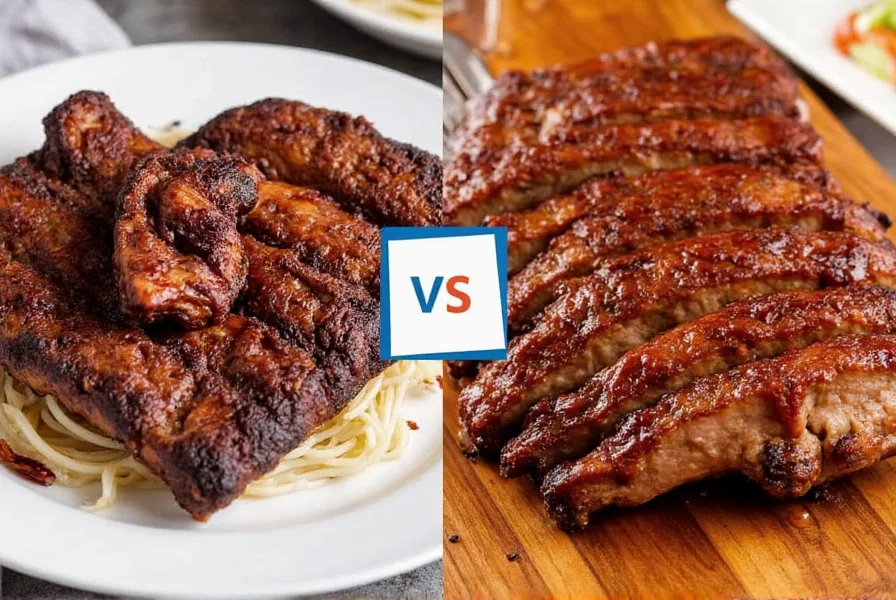
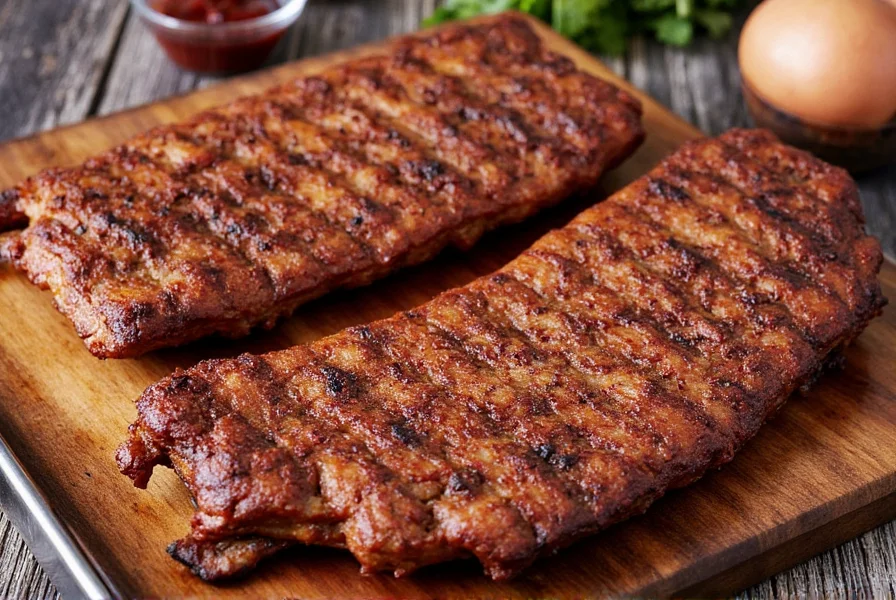
Buying Guide: How to Choose the Right Cut
Choosing the right cut of meat is crucial for a successful dish. Here’s a detailed buying guide to help you decide whether to go for spare ribs or back ribs:
Features and Advantages
Spare Ribs:
- High Fat Content: Great for slow cooking, as the fat renders down and makes the meat tender.
- Flavorful: The marbling adds richness and depth of flavor, especially when cooked with aromatic seasonings.
- Versatile: Can be used in a variety of dishes, from traditional barbecue to creative fusion recipes.
Back Ribs:
- Leaner: Lower in fat, making them a better choice for those who prefer lighter meals.
- Tender and Juicy: When cooked correctly, they offer a succulent texture that many people love.
- Faster Cooking: Perfect for quick weeknight dinners or backyard barbecues where time is limited.
Use Cases and Target Audience
Spare Ribs: Ideal for those who enjoy deep, rich flavors and are willing to spend more time on the cooking process. Perfect for family gatherings, holiday meals, or special occasions where you want to impress guests with a hearty dish.
Back Ribs: Best suited for casual dining, quick meals, or those who prefer a lighter, more delicate taste. Great for everyday use, picnics, or as a side to complement other dishes.
Suitable Occasions
Spare Ribs: Barbecue parties, weekend cookouts, or any event where you want to serve a crowd with a show-stopping main course.
Back Ribs: Weeknight dinners, lunchtime meals, or anytime you want a quicker, more manageable cooking experience.

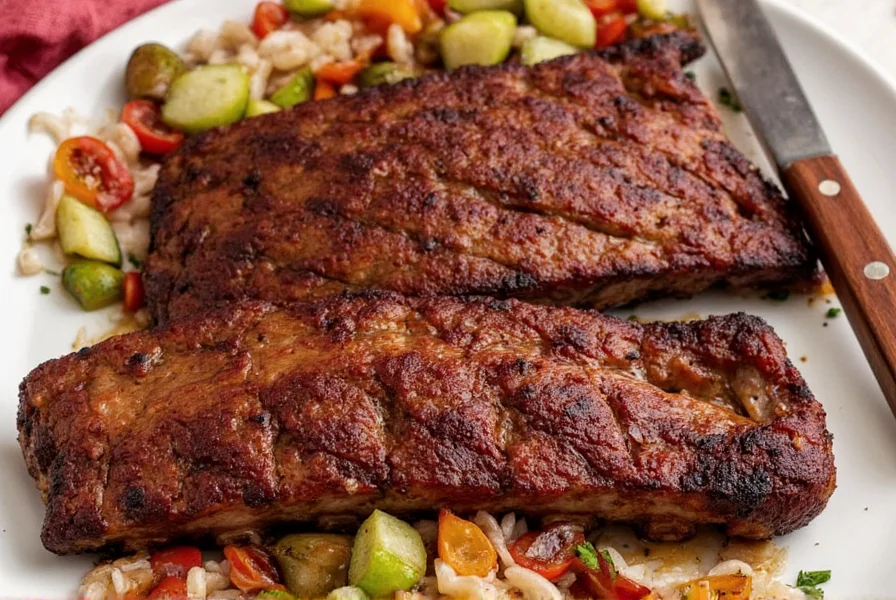
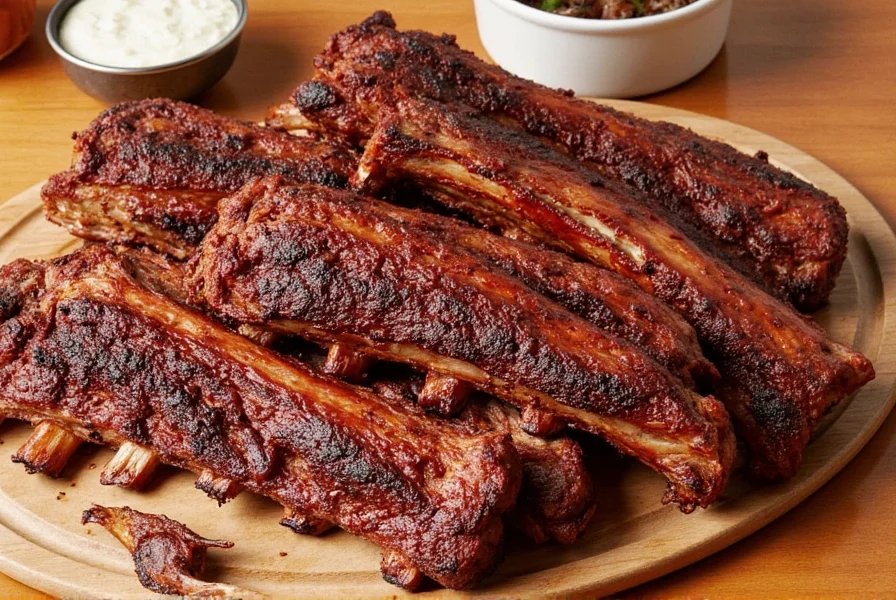
Conclusion
In the world of spices and meats, the difference between spare ribs and back ribs can make a big impact on your cooking. Understanding their unique characteristics will help you choose the right cut for your recipe and taste preferences. Whether you're looking for a rich, fatty cut that needs slow cooking or a leaner option that's ready in no time, there's a perfect match for every spice lover.
Remember, the key to a delicious meal lies not just in the ingredients but also in how you prepare them. So, whether you're grilling, smoking, or roasting, take the time to appreciate the nuances of each cut and let your creativity shine through. And always remember: the best dishes are those that bring people together—over a plate of perfectly cooked ribs, of course!
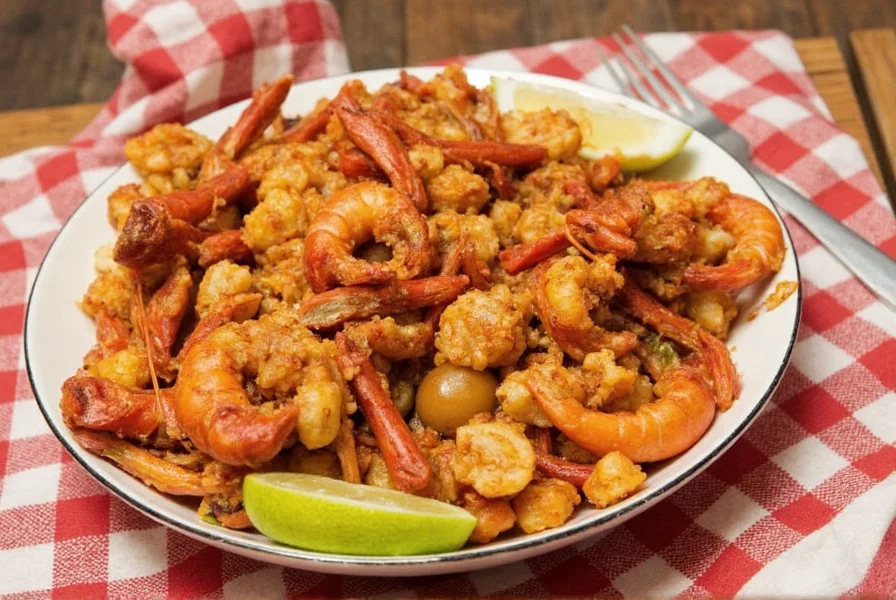
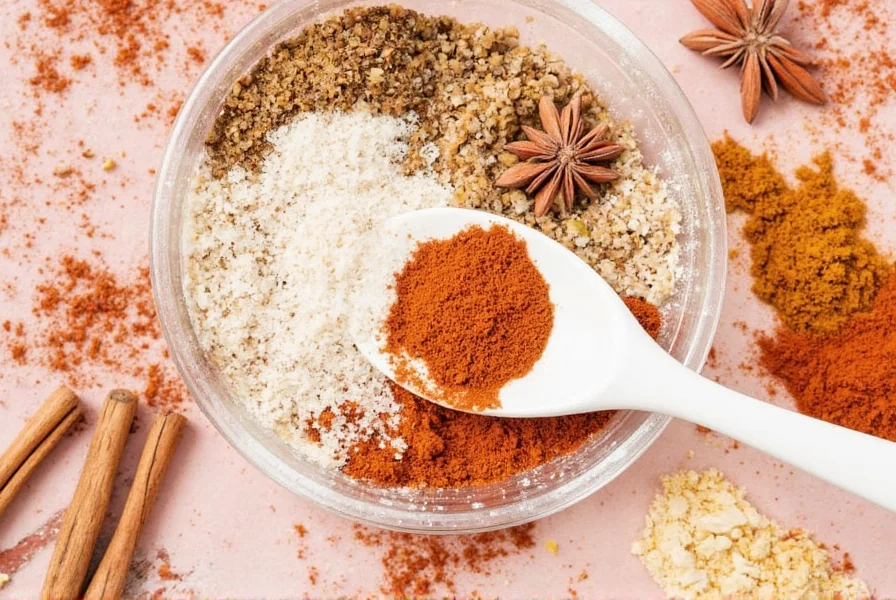
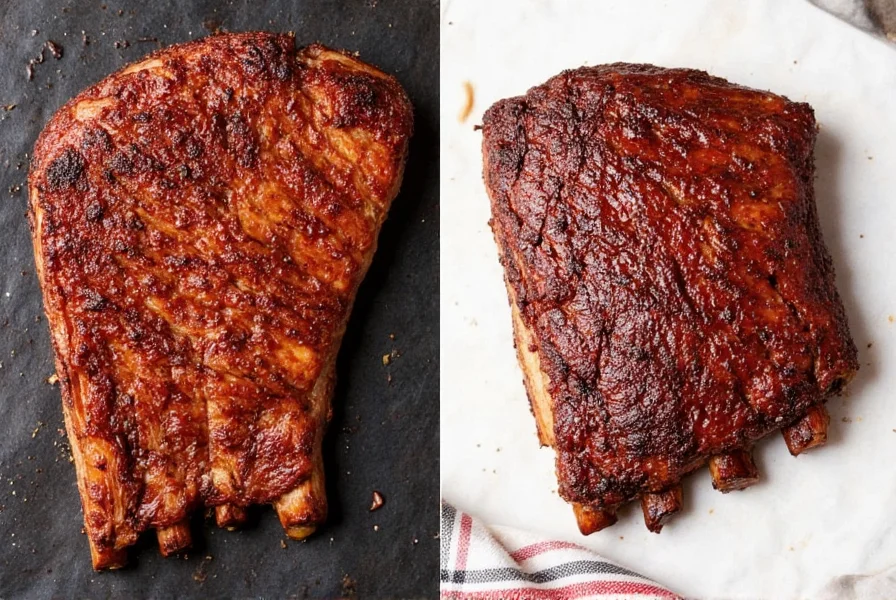










 浙公网安备
33010002000092号
浙公网安备
33010002000092号 浙B2-20120091-4
浙B2-20120091-4